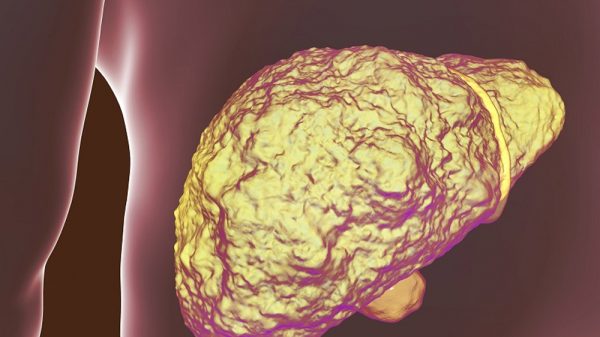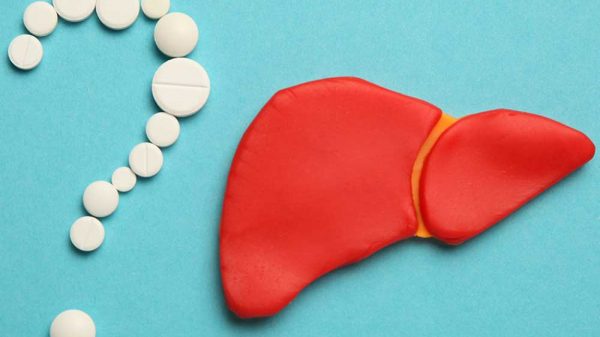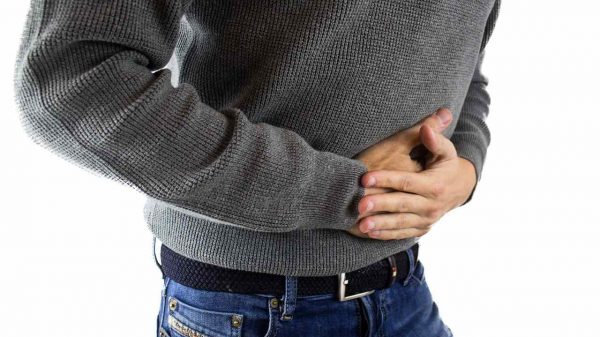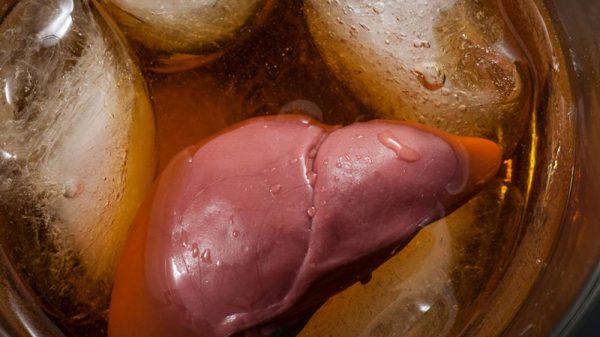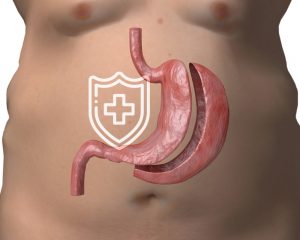Phototherapy refers to the use of “jaundice lights” as a simple form of treatment for hyperbilirubinemia in infants. This treatment option is very well documented. There is abundant evidence to show that it is effective for greatly reducing the need for exchange transfusion. But then, how effective a jaundice light treatment is would depend on a few factors. It may surprise you to know that the light’s color, as well as its intensity, matters a lot. The surface area of the baby’s body that is exposed to the light also matters. Another factor that affects the treatment’s effectiveness is the duration of the exposure. But how safe is this treatment? Are there possible complications and side effects? We will talk about this in this article. Read on
While phototherapy is easily available and quite safe for use, it has some side effects. However, these side effects are usually nothing to bother about. They are typically not too serious. The short-term adverse effects of the phototherapy treatment include its interference with mother and child interaction. It could also cause water loss and distort the child’s thermal environment. Other short-term adverse effects include disorders of circadian rhythm, electrolyte disturbance, and bronze-baby syndrome. But that’s not all. There are also possible long-term adverse effects. These include retinal damage, melanocytic nevi, and allergic diseases.
What You Should Know About Phototherapy
Phototherapy typically involves the use of light for the treatment of a health condition. This light is usually a special kind of light, different from sunlight. Jaundice light is a phototherapy light that experts use to treat jaundice, especially in newborn infants.
When a child is put under jaundice light, it would lower the level of bilirubin in his or her blood. The process by which this light delivers results is called photo-oxidation. In this process, the light couples oxygen with bilirubin and conjugates it. As such, bilirubin becomes soluble in water.
When bilirubin becomes soluble in water, your baby’s liver finds it easier to break it down. And in return, it becomes easier to for the bilirubin to be removed from your baby’s blood.
There are two major phototherapy types. They are as follows:
- Conventional phototherapy: In this type, the doctor or technician lays your baby under a fluorescent or halogen lamp. However, they usually would cover the baby’s eyes.
- Fiber-optic phototherapy: This would let your baby lie on a phototherapy blanket. This special blanket incorporates fiber-optic cables. Light would travel through the cables and shine on your baby’s skin (usually the back).
The aim of both of these methods is the exposure of the baby’s skin to the special light. In most instances, experts try the conventional method first. But if the baby is born prematurely, experts may try fiber-optic phototherapy first.
When they use phototherapy for your baby, there is usually a 30 minutes break at every 3-4 hours interval. This break allows you to change your baby’s nappy, feed them, and cuddle them for a while.
In very serious cases, the doctor may take the approach of continuous multiple phototherapies. This involves the use of two or more lights, as well as a fiber-optic blanket simultaneously. In this approach, there is usually no break at all.
How then would your baby feed? You would express some milk from your breast ahead of time. They will give the milk directly into the stomach of your baby via a tube. They may also give intravenous fluids (through a vein).
Are Jaundice Lights Safe?
You may notice that doctors usually cover a baby’s eyes when they put them under phototherapy. Why do they do this? They do this to prevent retinal damage. Continuous blue light exposure for extended periods can lead to retinal damage.
Damage to the retina due to phototherapy is hardly reported. But then, covering the eyes of newborns is standard practice. As much as it is hardly reported, it is one of the possible adverse effects of jaundice lights.
What are some of the other risks of using phototherapy? We mentioned some of them at the beginning of this article. One rare complication is a bronze-baby syndrome. It occurs in certain infants that have cholestatic jaundice during their phototherapy treatment.
What happens when a baby has this syndrome? When the baby us under phototherapy lamp exposure, he or she would develop a bronze-like dark, gray-brown skin discoloration. The baby’s serum and urine also have a discoloration.
Experts are yet to understand the exact cause of bronze-baby syndrome. But some suggest that it is due to the buildup of some metabolites, including porphyrins. Another possible cause is that bullae or purpura develop in these infants. This is a risk, especially for infants with erythropoietic porphyria (congenital) or cholestatic jaundice.
Some babies have photosensitivity that may cause blistering of their skin. This causes severe adverse effects. If an infant has been diagnosed with this disorder, or if there is a family history, the child must not undergo phototherapy. It could be very risky.
But then, aside from the baby, is there any risk for caregivers during phototherapy? There is none at all. The only problem that may occur is that those who stay around the blue light for long periods may feel nauseated.
But if you notice, there is usually a yellow plastic on the outer part of the light’s isolette. This may lessen this nauseating effect.
What Doctors Do About Possible Side Effects
During phototherapy, the doctor would monitor your baby’s temperature. They would make sure that your baby’s body would not get too hot. They will also check for any signs that indicate dehydration. If there is dehydration, the doctor may give intravenous fluids to your baby.
To prevent retinal damage, the doctor would cover your baby’s eyes. And as soon as your baby’s bilirubin levels come back to safe levels, they will discontinue phototherapy. This will prevent prolonged exposure and all the complications that may come with it.
Generally speaking, jaundice lights are very effective and safe too. They may have a few possible adverse effects. But these adverse effects are quite rare. Even when they occur, they are often not severe.
